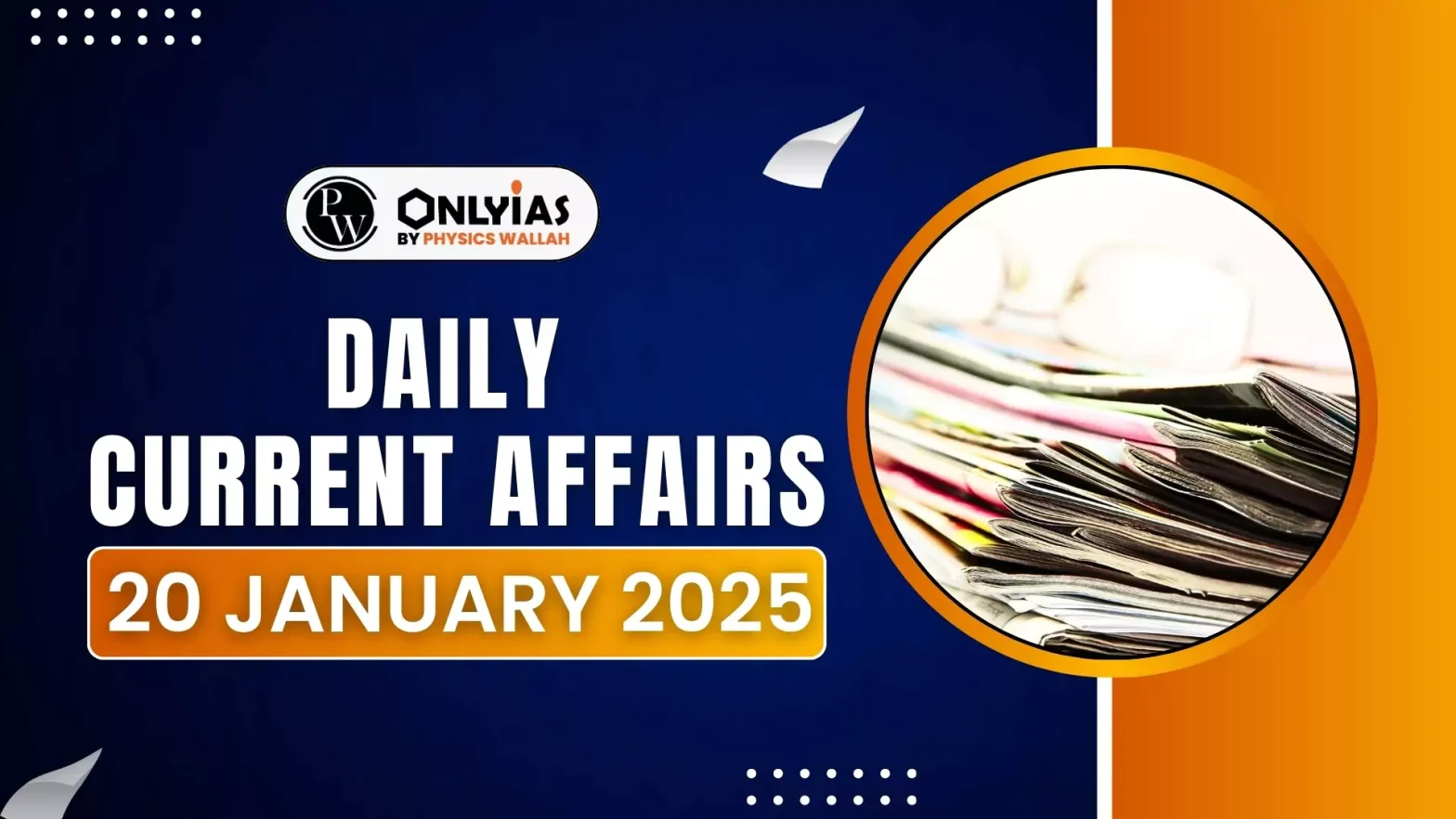The Union Minister of Communications has launched multiple initiatives to enhance telecom accessibility, security, and empowerment across India.
- Other Key Initiatives introduced: Sanchar Saathi Mobile App and Intra Circle Roaming (ICR) at DBN-Funded 4G Sites
- Sanchar Saathi Mobile App initiative offers essential tools to help users protect their telecom resources and prevent fraud.
- Key Features
- Chakshu – Report Fraudulent Communications : Enables users to report suspected fraudulent communications (SFC) for quick action.
- Check Mobile Connections: Users can verify all mobile connections registered in their name, ensuring transparency and preventing misuse.
Enroll now for UPSC Online Course
About National Broadband Mission (NBM) 2.0
- It is a continuation of NBM 1.0 and focuses on expanding broadband connectivity and creating a digitally inclusive India.
- NBM 1.0 is a part of National Digital Communications Policy, 2018.
- Nodal ministry: Department of Telecommunications (DoT), Ministry of Communications.
- It strives to align with the Prime Minister’s vision of Viksit Bharat by 2047.
National Digital Communications Policy, 2018
This policy was framed to promote broadband for every citizen specially rural areas and key institutions.
It mainly comprises three mission
- Connect India: Creating Robust Digital Communications Infrastructure
- This policy aims to Promote Broadband for All to drive socio-economic development, ensuring service quality and environmental sustainability.
- Propel India: Enabling Next Generation Technologies and Services
- This mission was focused on the next-generation technologies and services through investment, IPR generation, and innovation.
- For it, it created innovation-led start-ups in the digital communication sector.
- Developed Standard Essential Patents (SEPs)
- And Train/re-skill 1 million manpower for building new age skills.
- Secure India: Ensuring Sovereignty, Safety, and Security of Digital Communications
- This policy established a comprehensive data protection regime to safeguard privacy, autonomy, and choice of individuals.
|
- Objectives of NBM 2.0
- Rural Connectivity: Aim to connect 1.7 lakh villages and ensure 60 out of every 100 rural households have broadband.
- High-Speed Internet: Target a minimum fixed broadband download speed of 100 Mbps for rural India.
Check Out UPSC CSE Books From PW Store
Benefits of NBM 2.0
- Enhance Broadband Access:
- Broadband for Anchor Institutions: Provide broadband connectivity to 90% of key institutions like schools, healthcare centers, and government offices.
- Speed Improvement: Increase the national average fixed broadband download speed from 63.55 Mbps to a minimum of 100 Mbps.
- Improve Planning and Infrastructure:
- PM GatiShakti Integration: Map all government PSU-owned fiber networks the PM GatiShakti platform on by 2026 and utilize it for planning the BharatNet project.
- Ease of Doing Business: Reduce the average Right of Way (RoW) application disposal time from 60 days to 30 days.
- Rural Internet Penetration: Increase rural internet subscribers per 100 population from 45 to 60.
- Sustainable and Resilient Networks:
- Green Energy: Power 30% of mobile towers with sustainable energy sources.
- Infrastructure Protection: Enhance the usage of the “Call Before You Dig” (CBuD) mobile app to protect underground telecom infrastructure.
- New RoW Rules: Collaborate with stakeholders to effectively implement the New RoW Rules 2024.
- Future-Proofing:
- Develop robust street furniture infrastructure for 5G and 6G network rollout.
- Promote common/shareable telecom ducts and utility corridors.
- Leveraging Existing Resources:
- Power Sector Synergy: Utilize Optical Ground Wire (OPGW) from the power sector for enhanced broadband connectivity, especially in remote and challenging areas.
![]() 20 Jan 2025
20 Jan 2025

